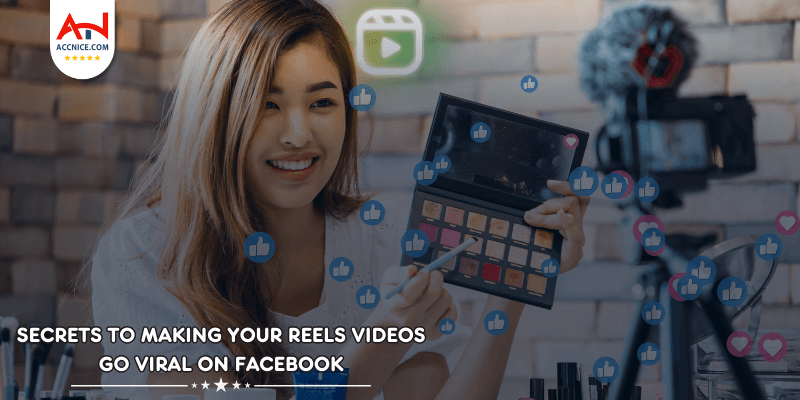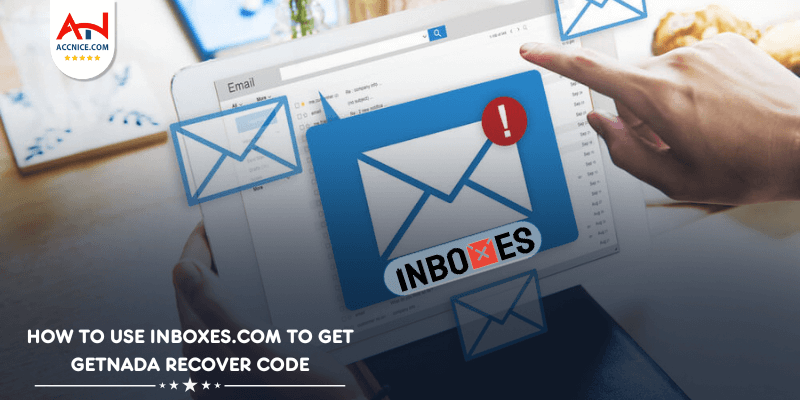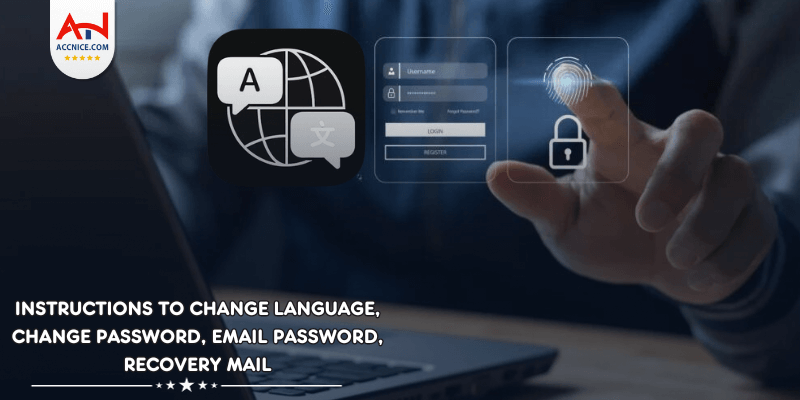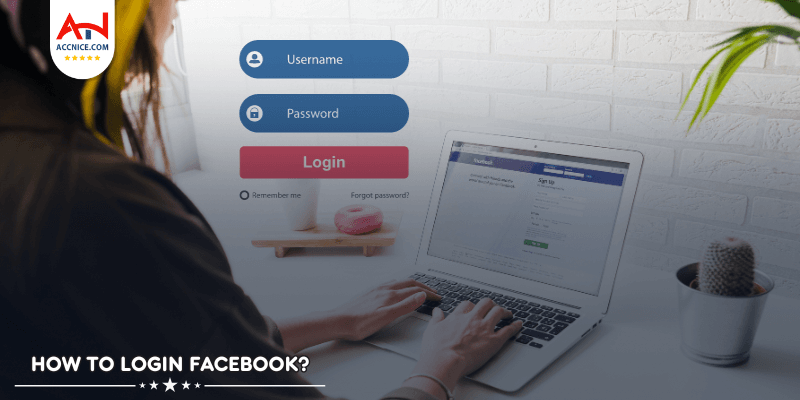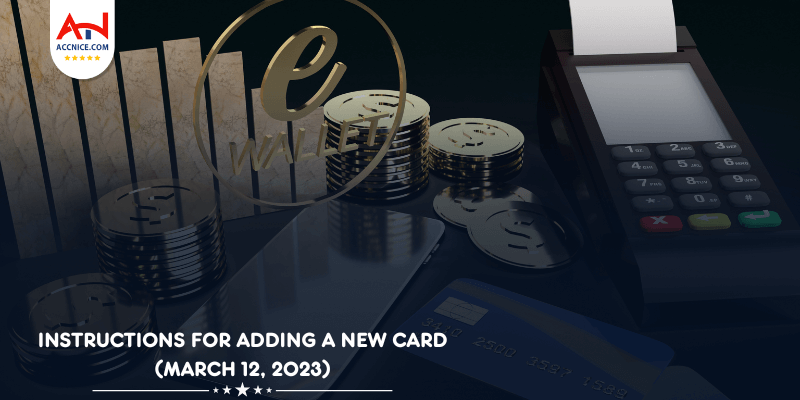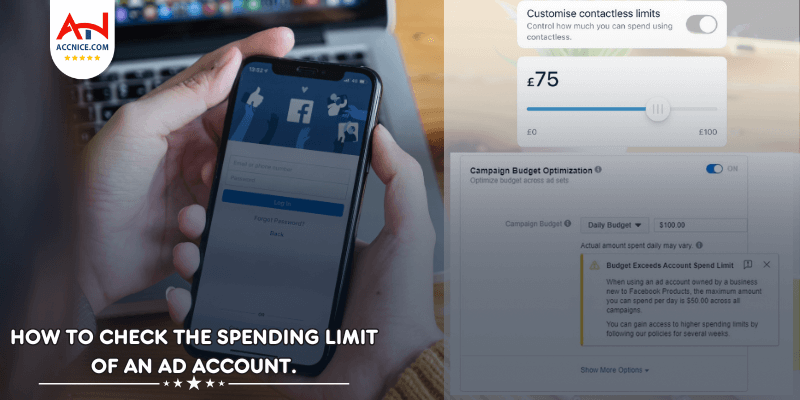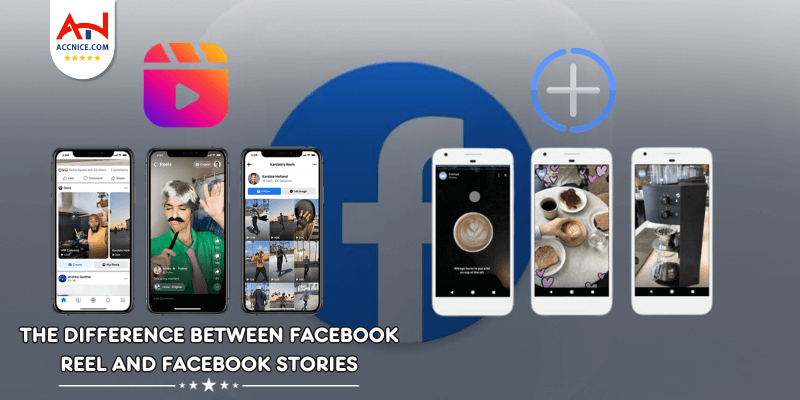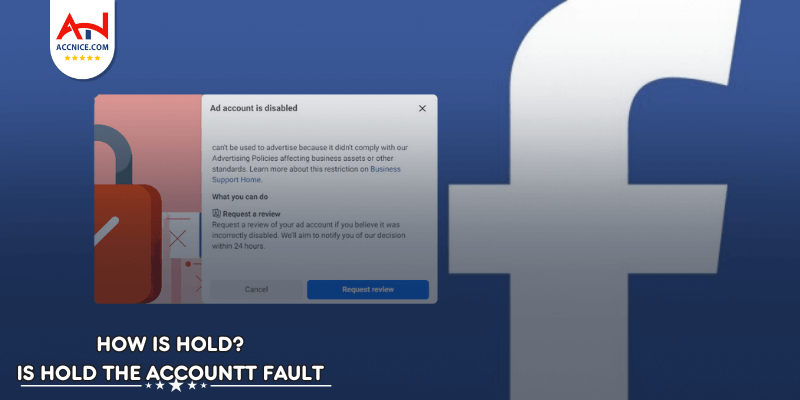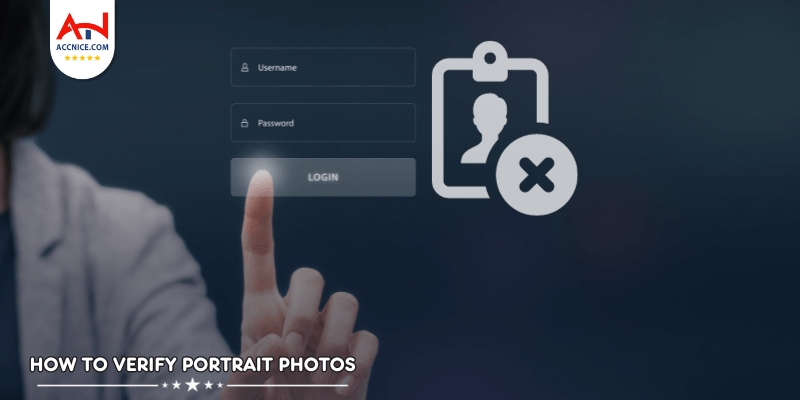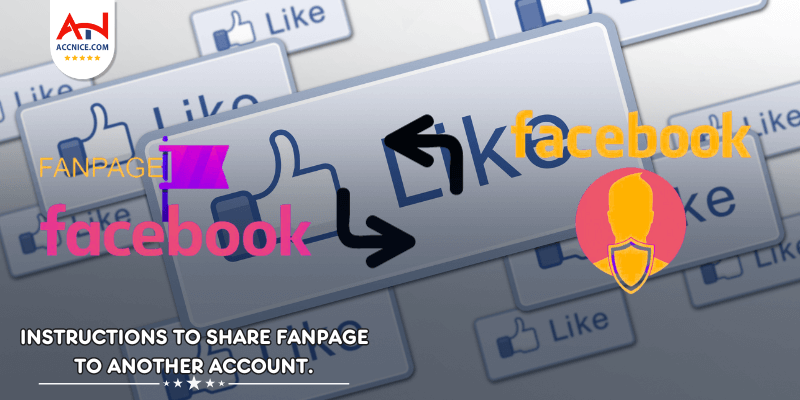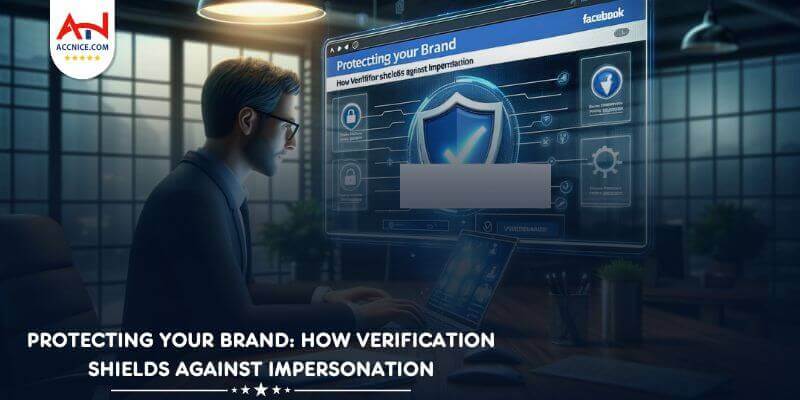
In the digital world, brand identity is not just about logos and slogans but also about the trust and credibility that a brand holds in the eyes of its audience. Facebook's Blue Verification check plays an important role in protecting public figures and brands from impersonation, ensuring their authenticity is unmistakable. This guide by Accnice dives into the importance of Facebook verification to protect brand identity and outlines how it acts as a shield against impersonation.
Facebook's blue tick verification is a key feature for individuals and entities looking to establish their authenticity and credibility on the platform. Here’s a deeper dive into what the blue tick represents and why it's important:

Symbol of Authenticity: The blue tick beside a name on Facebook indicates that the platform has officially verified the account as authentic. This badge is awarded after a review process where Facebook confirms that the account belongs to the public figure, celebrity, media company, or brand it claims to represent.
Distinguishing the Genuine from the Fake: In a digital landscape crowded with fan pages, parody accounts, and potential impersonators, the blue tick serves as a clear indicator of an account’s legitimacy, helping users distinguish the official account from others.
Authenticity: In an era where misinformation can easily spread, the blue tick reassures your audience that they are engaging with the real entity. This authenticity is crucial for building trust with your audience, as it ensures them that the information they receive from the account is direct from the source.
Credibility: Being verified lends an additional layer of credibility to your account. It signifies that not only is the account authentic, but also that the content being shared is of a certain standard and reliability. For public figures and brands, this can be particularly important in maintaining a positive public image and in effective communication with followers.
Increased Engagement: Verified accounts often see higher engagement rates, as followers are more likely to interact with content that they can trust comes from a verified source. This increased engagement can lead to a more active and committed community around your Facebook presence.
Improved Visibility: Facebook's algorithms tend to favor content from verified accounts, potentially increasing the visibility of your posts in news feeds and search results. This enhanced visibility is invaluable for reaching wider audiences and expanding your influence on the platform.
The process for applying for a blue tick involves providing Facebook with official documentation that proves identity or legal business registration, along with evidence of notability and public interest. While not all applications are successful, meeting Facebook's criteria for authenticity, uniqueness, and notability increases the chances of receiving verification.
Facebook’s blue tick verification plays a vital role in establishing and reinforcing the authenticity and credibility of public figures and brands on the platform. It not only assures the audience of the legitimacy of the account but also enhances the account's visibility and engagement, making it a coveted asset for those looking to solidify their presence on Facebook. Understanding the significance of the blue tick and the criteria for obtaining it is the first step toward leveraging this powerful tool for building trust and expanding reach on the platform.
Verification on social media platforms, symbolized by the blue tick, plays a crucial role in creating a safer online environment for both entities and their audiences. By establishing a trust barrier, verification acts as a deterrent to potential impersonators and helps safeguard brand identity. Here’s how the blue tick aids in shielding against impersonation:

Deterrence to Impostors: The rigorous process required to obtain the blue tick makes it challenging for impersonators to successfully mimic verified accounts. Platforms often require proof of identity, notability, and authenticity, which are difficult for impersonators to fabricate. This stringent verification process significantly reduces the likelihood of successful impersonation.
Clear Distinction: The blue tick provides audiences with a straightforward means of distinguishing authentic accounts from potential fakes. This clarity is particularly important in an era where misinformation can spread rapidly. For users, seeing the blue tick next to a name instantly increases confidence in the account's legitimacy, reducing the risk of engaging with impostors.
Consistency Across Platforms: Many public figures, celebrities, and brands strive for verification across multiple social platforms, not just Facebook. This consistency helps in cementing the authenticity of their presence online, making it more challenging for impostors to create confusion among the audience across different platforms.
Protection of Intellectual Property: The blue tick not only signifies authenticity but also acts as a marker of ownership over the content shared by the account. This recognition can be crucial in protecting intellectual property rights, as it clearly signals to users and other entities which account is the rightful owner and creator of the content.
Boosted Credibility and Trust: Beyond protection against impersonation, verification enhances the overall credibility and trustworthiness of the account. This can lead to increased engagement, higher visibility, and more effective communication with the audience.
Legal and Administrative Support: In cases where impersonation or copyright infringement does occur, having a verified account can expedite the process of reporting and resolving such issues with the platform's support team. Verified status often grants priority consideration in these matters.
The blue verification tick serves as a powerful tool in the fight against impersonation on social media. By creating a trust barrier and safeguarding brand identity, verification helps ensure that audiences can easily identify and engage with authentic accounts, reducing the risk of misinformation and fraud. For public figures and brands, achieving verified status is not just about the prestige it confers but also about the practical benefits it provides in protecting one's online presence and intellectual property. In today’s digital age, where authenticity is highly valued, verification stands as a critical element in building and maintaining trust with your audience.
Achieving verification on Facebook, symbolized by the coveted blue tick, not only elevates your brand's status but also fortifies its authenticity and security online. Here are the steps and considerations involved in preparing for and submitting a verification request on Facebook:

Profile and Cover Photo: Ensure your profile has a current photo of you (for personal profiles) or your brand's logo (for Pages). Your cover photo should also be relevant and professional, as these elements contribute to the first impression of your profile or Page.
Bio and About Section: Fill out the bio section (for profiles) or the About section (for Pages) with detailed and accurate information about yourself or your brand. This should include what you or your brand does, any notable achievements, and how people can contact you.
Active Engagement: Regularly post content that resonates with your audience to encourage engagement through likes, shares, and comments. A lively page with consistent user interaction demonstrates notability.
Follower Count: While a high follower count isn't explicitly listed as a criterion, a significant following can implicitly support your case for notability.
Access the Form: The verification request form can be found in the settings of your Facebook page under the “General” tab and then “Page Verification” for Pages, or through the help center for personal profiles.
Provide Accurate Information: Fill out the form with accurate and up-to-date information. Be prepared to explain why your account should be verified, and include links to relevant media coverage, official websites, or other proofs of notability.
Submit the Request: After reviewing your application for completeness and accuracy, submit it. Be prepared to wait, as the review process can take time.
Conclusion
The blue verification tick on Facebook serves as a powerful symbol of authenticity, enhancing your brand's credibility and trustworthiness among your audience. It also acts as a crucial line of defense against impersonation and fraud. Preparing your account by ensuring it reflects a complete and active presence, and submitting a thorough verification request with the necessary documentation, are key steps towards securing this badge of authenticity. While the process may require patience and effort, the benefits of verification—ranging from increased trust and visibility to enhanced protection for your brand—underscore its importance in the digital landscape. Achieving verification on Facebook is a significant milestone that solidifies your brand’s integrity and authority online.
Don't forget to follow Accnice and tutorial blog to update more interesting content!
